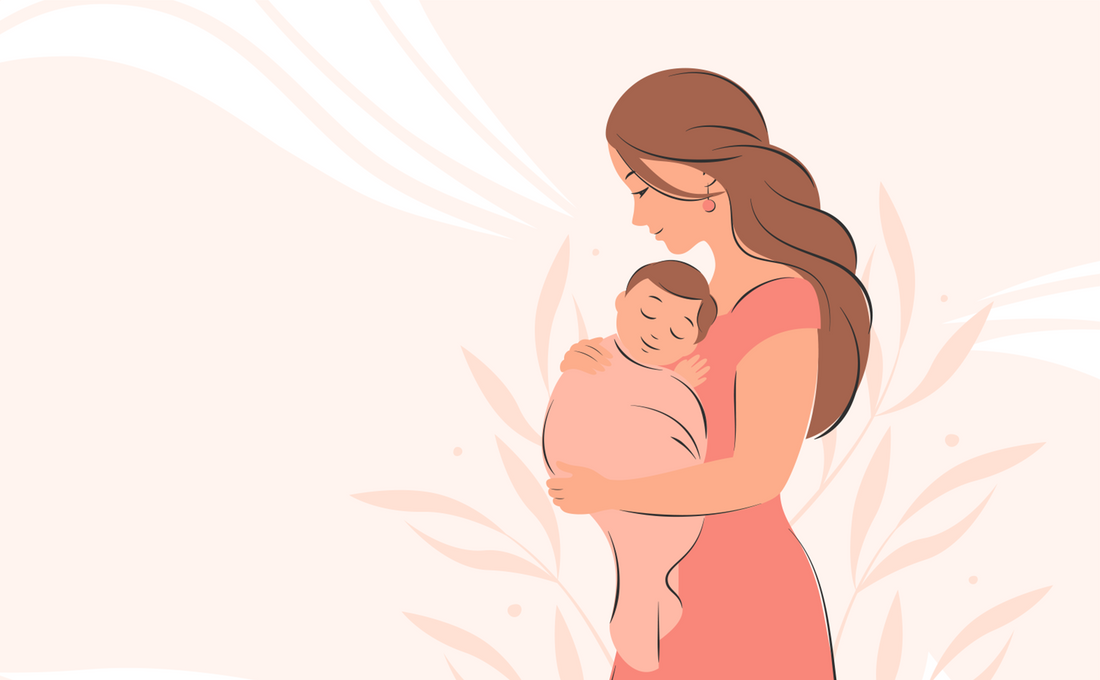
The Newborn Scrunch: Understanding Why Babies Curl Up Their Legs and Arms
If you've ever cradled a newborn in your arms, you've likely noticed their instinct to curl up their tiny legs and arms close to their body. This natural, endearing posture is known as the "newborn scrunch," a common behavior observed in the early days of a baby's life. But what exactly is this behavior, and why do newborns adopt it? In this post, we will delve into the science behind the newborn scrunch, exploring its significance and what it means for your baby's development.

What Is the Newborn Scrunch?
The newborn scrunch refers to the way infants instinctively curl up their arms and legs, resembling the fetal position they maintained in the womb. This scrunched-up posture is not just a cute quirk—it's a natural, reflexive behavior that serves several important functions during the first weeks of life. Understanding this behavior gives us insights into a baby's transition from the womb to the outside world.
Why Do Newborns Curl Up Their Arms and Legs?
To grasp the reason behind the newborn scrunch, we must consider the environment in which a baby spends the first nine months of their life. In the womb, space is limited, especially as the baby grows larger. This confined space encourages a curled-up, tucked position, where the baby’s arms and legs are close to their body. This posture becomes second nature and provides comfort and security during this crucial period of development.
After birth, the outside world is an entirely new and often overwhelming place for a newborn. The sensations of open space, gravity, and varying temperatures are all unfamiliar. The scrunched-up position, on the other hand, is something they know well. Curling up helps newborns feel secure, mimicking the snug environment of the womb and offering a sense of safety as they gradually adjust to life outside.
Additionally, this curled posture plays a practical role in a newborn's well-being. By keeping their limbs close to their body, newborns minimize heat loss, helping them maintain their body temperature. This is particularly important in the early days when a baby's ability to regulate their body temperature is still developing.

Is the Newborn Scrunch a Developmental Milestone?
While the newborn scrunch is a normal and expected behavior, it is not considered a developmental milestone in the traditional sense. A developmental milestone typically marks a significant achievement in a baby's physical, emotional, or cognitive growth, such as smiling for the first time, rolling over, or taking their first steps. The newborn scrunch, however, is more of a reflex—a behavior carried over from the womb that gradually fades as the baby grows.
That said, the disappearance of the newborn scrunch can be seen as a sign of progress. As a baby's muscles strengthen and they become more accustomed to their new environment, they will begin to stretch out their arms and legs more frequently. This transition from a scrunched-up posture to more extended movements indicates that the baby is developing the muscle tone and coordination needed for future milestones, like reaching, grasping, and eventually, crawling.
How Long Does the Newborn Scrunch Last?
The newborn scrunch typically lasts for a few weeks to a couple of months after birth. During this time, you'll notice that your baby often keeps their arms and legs close to their body, especially when they're resting or sleeping. As the weeks go by, you'll likely see them start to stretch out more, experimenting with their newfound freedom of movement.
By the time your baby is around 2 to 3 months old, the scrunched posture will usually begin to fade. At this stage, they will start to explore their environment with more extended movements, reaching out to grasp objects and kicking their legs in excitement. Every baby develops at their own pace, so the timing of this transition can vary.
What If My Baby Doesn't Do the Newborn Scrunch?
If your baby doesn't exhibit the newborn scrunch, it's usually not a cause for concern. Some babies are naturally more relaxed or have different muscle tone, which might result in a more extended posture from the start. However, it's important to pay attention to any signs that could indicate a potential issue. For example, if your baby seems unusually stiff, overly floppy, or has difficulty moving their limbs, it may be worth consulting your pediatrician to rule out any underlying concerns.

In Conclusion
The newborn scrunch is one of the many delightful behaviors that make the early days of parenthood so special. It's a reminder of your baby's journey from the snug, secure environment of the womb to the wide, open world they now inhabit. While it may be just a temporary reflex, the scrunch plays a vital role in helping your baby feel safe and comfortable during their early weeks of life. So, the next time you see your little one curled up in that familiar scrunched position, know that they are simply embracing the comforts of what they know best. As your baby grows and stretches out, you'll witness the many exciting stages of their development, each one bringing new joys and milestones.





